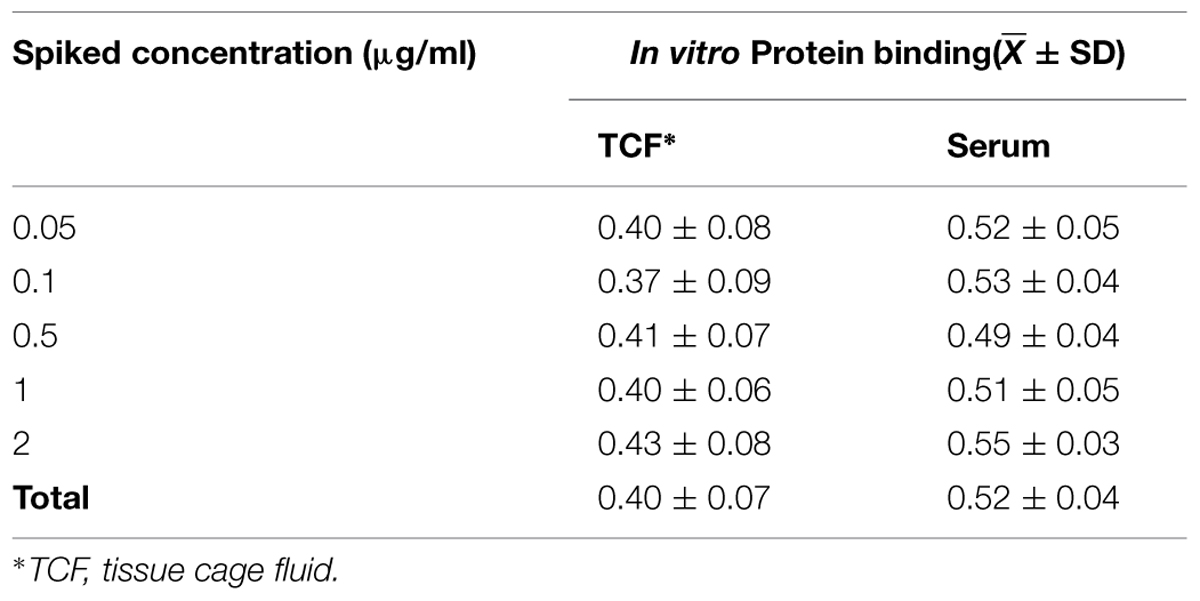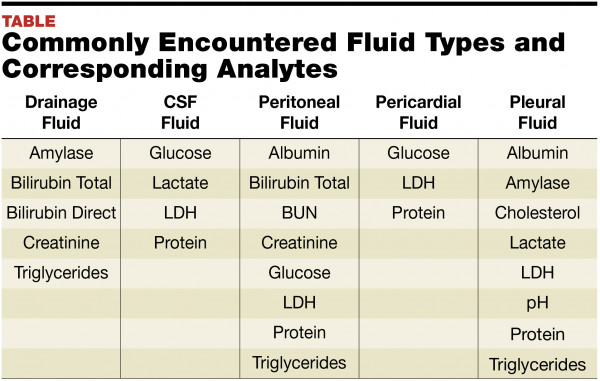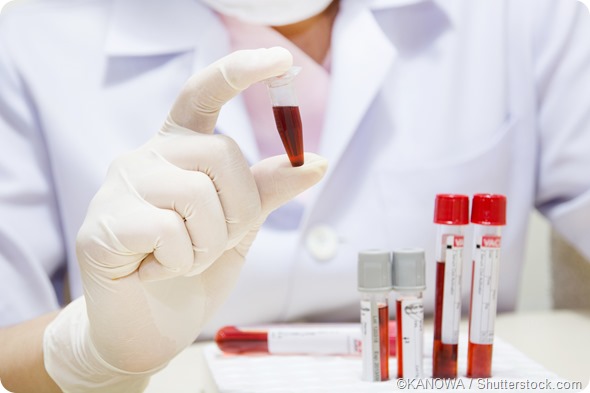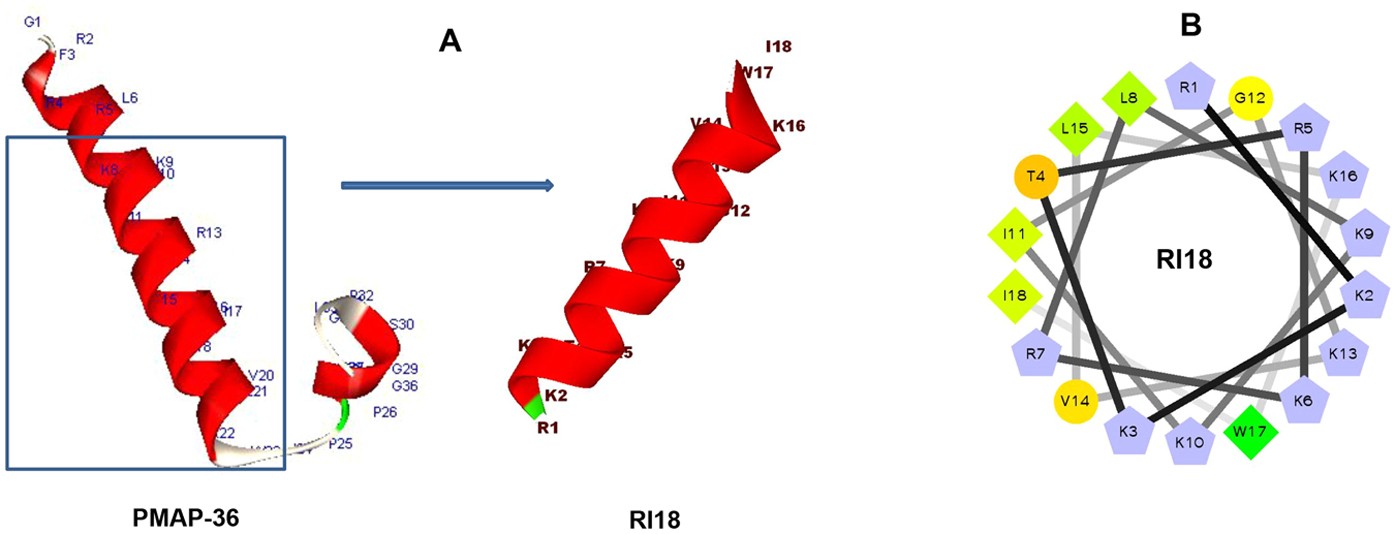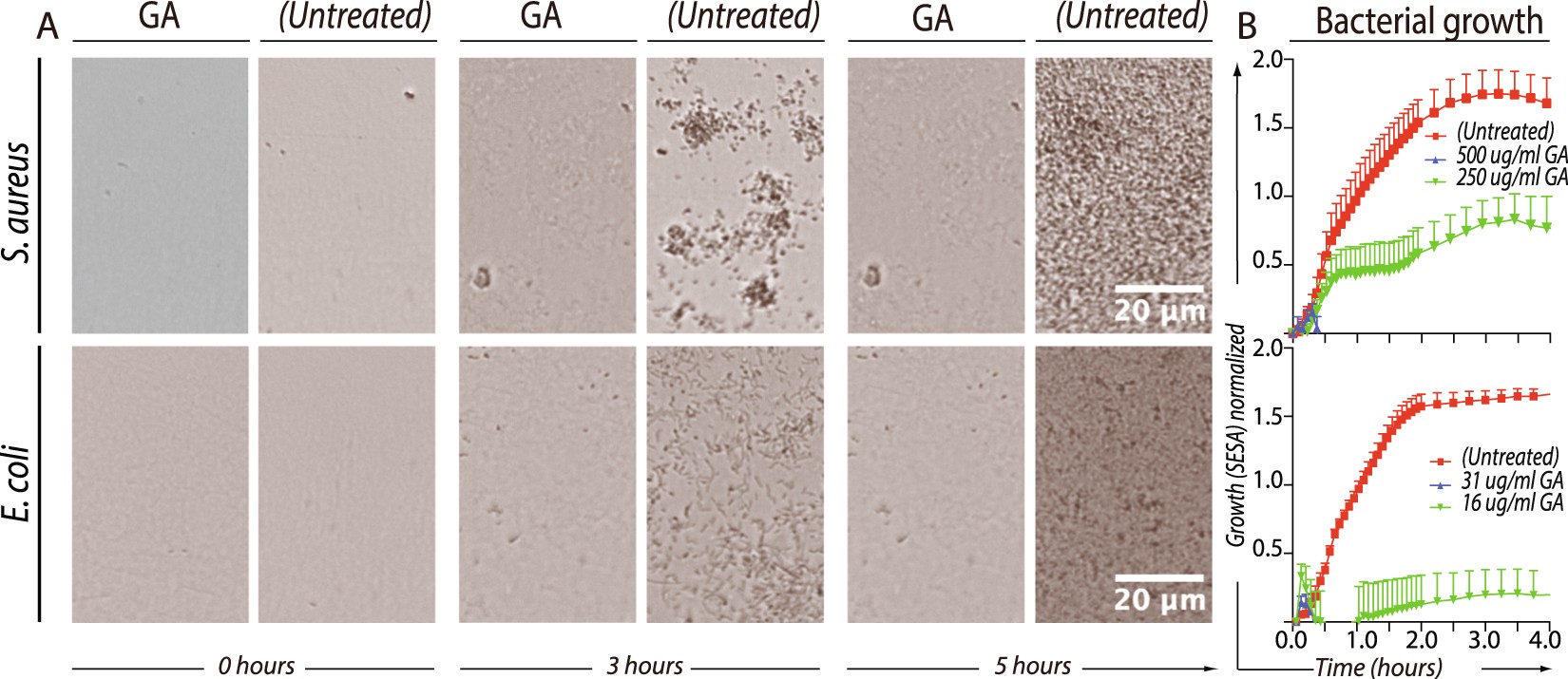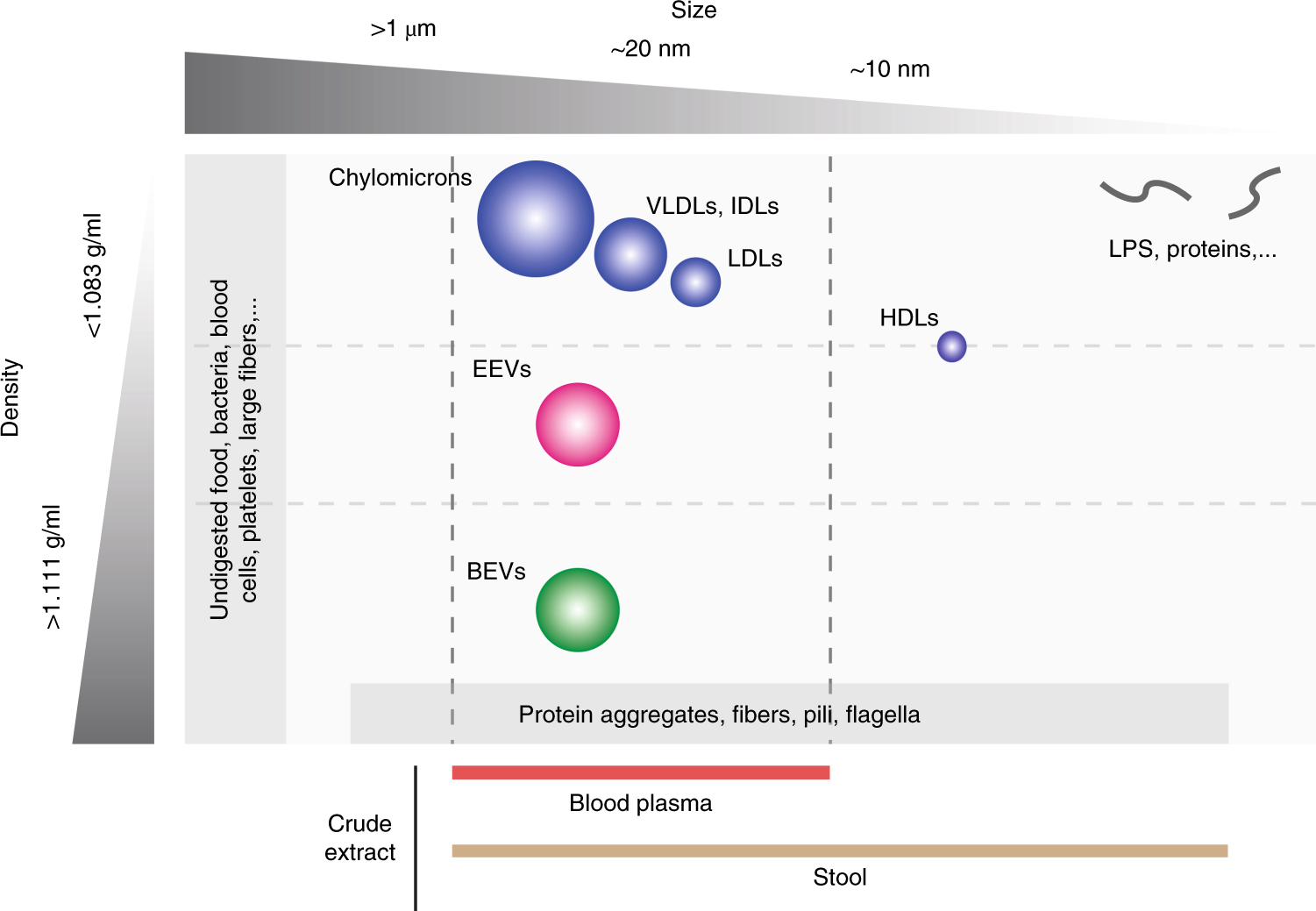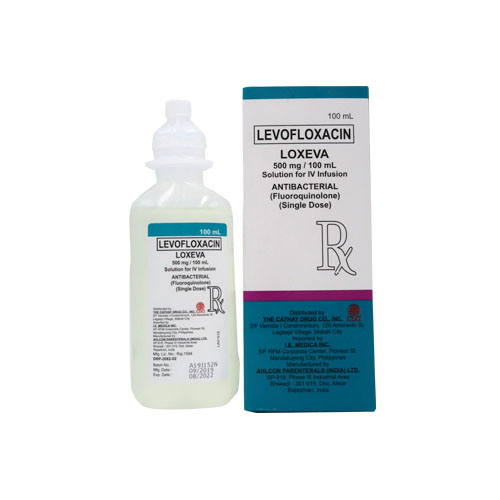
Measurement Of Antimicrobial Agents In Serum And Body Fluids
Antimicrobial agents and chemotherapy june 1993 p. Laboratory tests used to guide antimicrobial therapy. With the availability of rapid accurate assays the measurement of antibiotic material in serum and other body fluids is feasible desirable and widely practiced for these purposes. Antimicrobial levels and renal function for most antimicrobial agents renal excretion is the major pathway for elimination from the. Some methods using radioisotope labelled drugs. The measurement of antibiotic concentrations in various fluids has been a prominent aspect of the evaluation of new antibiotics and the quality control of their manufacture.
Soluble agents penetrate to a greater extent 16. All serum results are referred to standard curves established with serumdiluents. A simple micro agar diffusion method for the determination of antibiotic concentrations in blood and other body fluids. In human subjects concentrations of drug in body fluids have been reported 4 7 9 11 12. Finally because various body tissues bind antimicrobial agents with different capacities 39 and tissue fluidantibiotic concentration is a combination of bound and unbound drug 40 it is necessary to know the protein binding of an antibiotic to both the tissue or body fluid and plasma or serum in order to interpret correctly the significance of the tissue concentration. Cockett et aly 1967.
Human serum samples containing unknown con centrations ofan antimicrobial are assayed as above but a normal human serum pool is used as diluent. For the other body fluids listed the subjects were generally hospitalized patients table 2. In contrast dilution methods allow determination of the minimal inhibitory concentration of an agent which can be correlated with blood urine and other body fluid levels of the antimicrobial agent. Humanserum pools are prepared. Serum protein binding determines the level of free drug available to diffuse across membranes 1 16 18 22. Serum and that in lymph from different parts of the body in cluding the kidney.
Concentration of antibacterial agents in interstitial tissue fluid. The concentration of an antibiotic in the fluids of the body is generally inferred from measurement of the drug in blood tissue homogenates or lymph stamey et al 1965. Accurate measurement of serum concentrations of antimicrobial agents is important when the margin between therapeutic and toxic levels is narrow. And the relationship between measurable concentrations of the drug in serum and other bodily fluids and concentrations in tissue remain. Pmc free article georgopoulos a. Chisholm gd waterworth pm calnan js garrod lp.
The reference standard concentration is also pre pared in a normal human serum pool. Laboratory tests that can be helpful in guiding antimicrobial therapy include antimicrobial susceptibility testing determination of bacterial beta lactamase production assay of serum inhibitory and bactericidal activity and assay of specific antibiotic levels in serum. The values given for serum and urine were obtained from normal adults in controlled phar macologic studies table 1. A major factor influencing penetration is the scrum protein binding of the antimicrobial drug.
Random Post
- ideal body measurements for men 5'7
- marina sirtis body measurement
- qvc body measurement
- sophia rose body measurements
- kelly kelly body measurements
- youtube body measurements
- measurements and body type
- waist body measurement
- bra fitting jcpenney
- raima sen body measurement
- rishabh pant body measurement
- ava max body measurement
- pdf body measurement chart
- mahira sharma body measurement
- perfect male body measurement
- manyata dutt body measurement
- body fat measurement table
- qv body measurement
- body temperature measurement time
- body measurement for bike
- dressmaking body measurement chart
- indian body measurements
- who body measurement
- rai laxmi body measurement
- measurement of volume of an irregular body
- jason luv body measurement
- demet özdemir body measurement
- bra measurement triumph
- ketika sharma body measurement
- inbody measurement accuracy
- rajshri deshpande body measurements
- body measurement aquarium
- darren sammy body measurements
- boux avenue bra measurement
- tiffany young body measurement
- car body measurements
- meera jasmine body measurements
- rozita che wan body measurement
- iswarya menon body measurements
- measurement ratio body type
- full body measurements
- sarah michelle gellar body measurement
- significance of human body measurements in design of equipment
- danielle savre body measurements
- aashika bhatia body measurements
- mukesh singh gehlot body measurement
- track body measurements
- ishita dutta body measurement
- mimi chakraborty body measurement
- body measurement guide for dress








